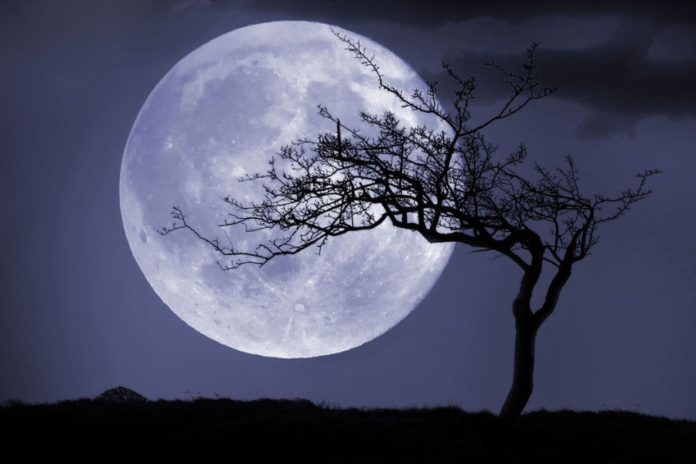In a competition with other global powers including the United States, China, and India to learn more about the components contained in the earth’s sole natural satellite, Russia launched its first moon-landing spacecraft in 47 years on Friday.
Russia declared that it would carry out several lunar flights before considering the prospect of a crewed voyage between Russia and China and potentially a lunar outpost. NASA has discussed a “lunar gold rush” and looked at the feasibility of moon mining.
Why are major powers so curious about what is on the moon?
The Moon: Formation and climate
The moon, which is located 384,400 kilometres (238,855 miles) from our planet, lessens the wobble of the earth’s axis, which promotes a more stable climate. In the oceans of the world, it also causes tides.
According to current theories, it formed 4.5 billion years ago when a large object struck the planet. The moon was created from the collision’s leftover pieces.
In full Sun, the temperature rises to 127 degrees Celsius, while in complete darkness, it drops to roughly – 173 degrees Celsius. The exosphere of the moon does not provide any shield against solar radiation.
Water on the Moon
The first definitive discovery of water on the moon was made in 2008 by the Indian mission Chandrayaan-1, which detected hydroxyl molecules spread across the lunar surface and concentrated at the poles, according to NASA.
Water is crucial for human life and also can be a source of hydrogen and oxygen – and these can be used for rocket fuel.
Moon has huge Helium-3 reserves
On Earth, helium-3 is an uncommon isotope of helium, but according to NASA, there are an estimated one million tonnes of it on the moon.
The European Space Agency claims that this isotope has the potential to produce nuclear energy in fusion reactors while without producing radioactive waste.
Rare earth metals on the Moon
According to studies by Boeing, the moon contains rare earth elements like scandium, yttrium, and the 15 lanthanides, which are utilised in cellphones, computers, and other high-tech devices.
How would Moon mining work?
It is not apparent as yet.
On the moon, some kind of infrastructure would need to be built. Although water on the moon might allow for long-term human existence, the lunar circumstances would require robots to perform the majority of the labour intensive tasks.
Law regarding Moon mining
The law is hazy and lacking in detail.
According to the United Nations Outer Space Treaty of 1966, no country may assert sovereignty over the moon or any other celestial body, and all nations should profit from space exploration.
However, legal experts think it is uncertain whether a private organisation could assert sovereignty over a portion of the moon.
In accordance with the 1979 The Moon Agreement, no portion of the moon “shall become the property of any State, international intergovernmental or non-governmental organisation, national organisation or non-governmental entity, or of any natural person.”
It hasn’t been approved by any significant space powers.
In 2020, the US proposed the Artemis Accords, which sought to expand on current international space law by establishing “safety zones” on the moon. The agreement was named after NASA’s Artemis lunar programme. China and Russia have not ratified the agreements.



